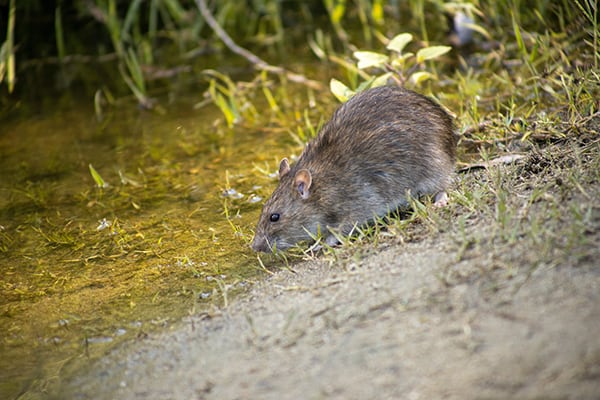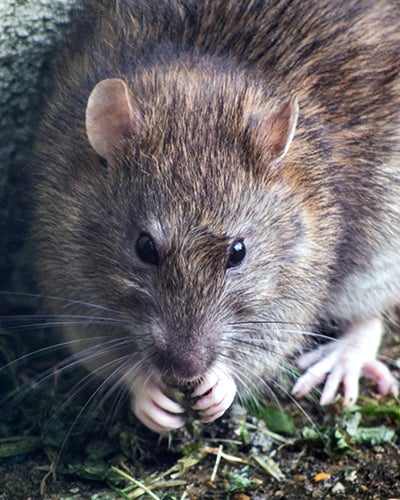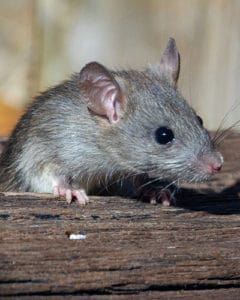Rodents
Rodents are mammals of the order Rodentia, which are characterized by a single pair of continuously growing incisors in each of the upper and lower jaws. About 40% of all mammal species are rodents; they are found in vast numbers on all continents except Antarctica. They represent more than 50% of all described rodent species; only murids (mice, rats, and others) account for about as many. Many rodents are small or medium-sized; however, a few species such as the brown rat and the cotton mouse are fairly large. They tend to be found in most types of habitats from tropical rainforests to deserts and other extreme environments. Rodents can quickly become a large problem in homes. They are unwelcome guests who chew and feast on whatever is available.

Rodents Meaning & Facts
“Rodent” comes from the Latin word rodents, meaning “gnawing” one. This is reflected in many species’ common names, as well as the scientific name, which literally means gnaw-teeth. Not all rodents are strictly herbivorous; some are omnivores or opportunistic carnivores. The squirrel family includes examples of every possible rodent dietary specialization except parasitism. The common terms “rat” and “mouse” are not taxonomically specific, but can refer to any small- to medium-sized rodent with a long tail, which may include species outside of the order Rodentia. Conversely, not all rodents are rats or mice; other examples include guinea pigs, gerbils, hamsters and chipmunks. Rodent taxa include blind mole-rats and various families of porcupines and squirrels. Rodents can be found on all continents except Antarctica.
Rodents have flattened skulls with upper incisors that grow continuously throughout their lives
Rodents have an average life-span of two and a half years
There are over 40 different rodent species in the United States alone
Rodent tails can be very long, but they lack bones and cannot support the weight of the rodents for more than a few inches, which is how we can tell that most animals with tails are not rodents
Rodent (also called “gnawer”) is a name that refers to over 40 different mammal species around the world, including rats, mice, squirrels, chipmunks, and beavers.
A single pair of breeding rodents can produce thousands of descendants within a few years under ideal conditions. This means that in just a few years, one breeding pair can potentially produce more than 2.4 million descendants.
Description Of Rodents
Rodents have sharp incisors that they use to gnaw wood, break into foodstuffs stores or attack other rodents. Most eat seeds or plants, though some have more varied diets. Some are omnivores that also eat meat, including invertebrates. Many small rodents, while rooted to the spot, are quite capable of rapidly climbing a tree in search of fruit or nuts. Humans have unintentionally introduced rodents into numerous parts of their world, so many rodents are considered to be pests. Their ability to adapt quickly gives them an advantage over many native animals, which often have trouble adapting to predation by the introduced species. This has caused widespread concern in areas where rodenticides are used extensively, for example in New Zealand and Australia, but there is relatively little control of these creatures in their northern range.


Disease Transmission
Much of the modern research into rodents focuses on their role in disease transmission. A flea-transmitted virus contributes to a form of heart disease known as myocarditis, and rodent studies have contributed extensively to our understanding of viral pathogenesis in humans. Species in the genus “Lepus” in particular have been implicated as carriers of the spotted fever group of rickettsiae, which are responsible for several tick-borne diseases including Lyme disease. Many other members of the order Rodentia commonly carry pathogens that can affect people, domesticated animals, and wild animals alike.
